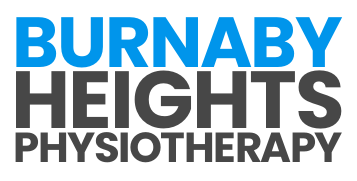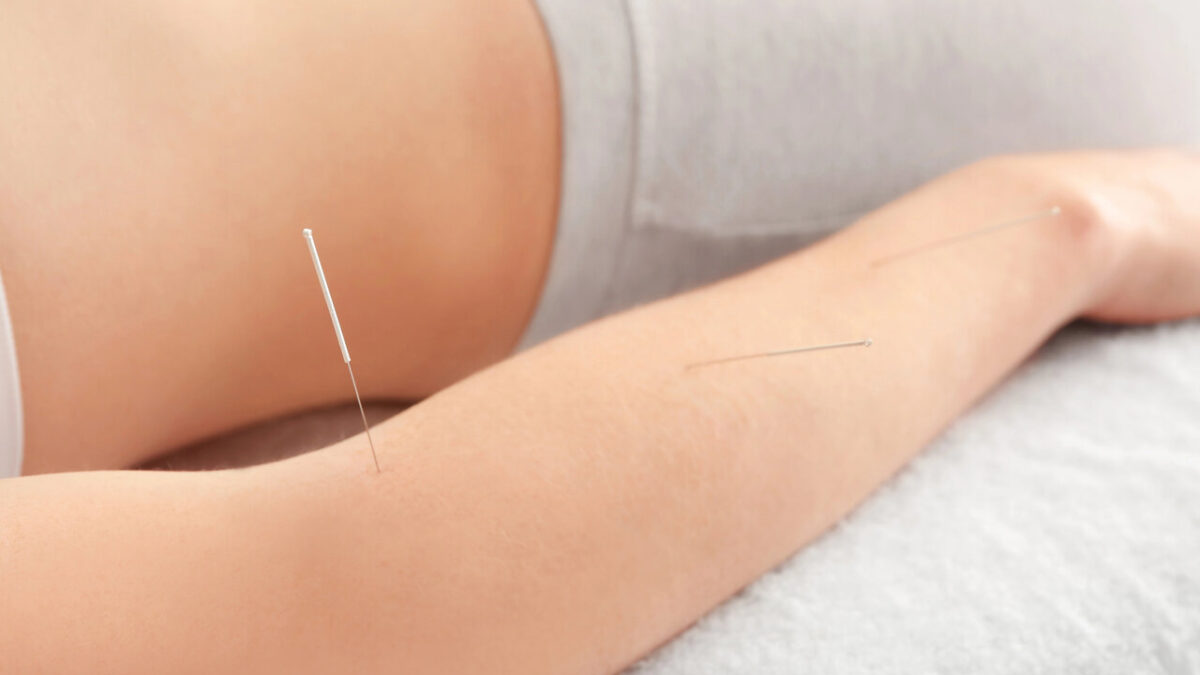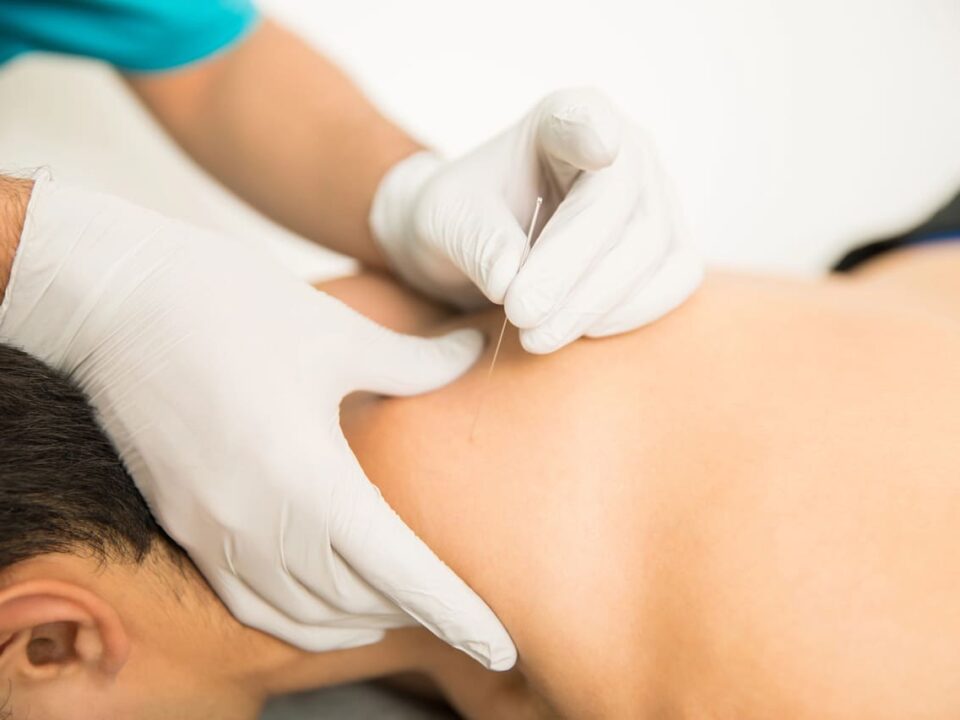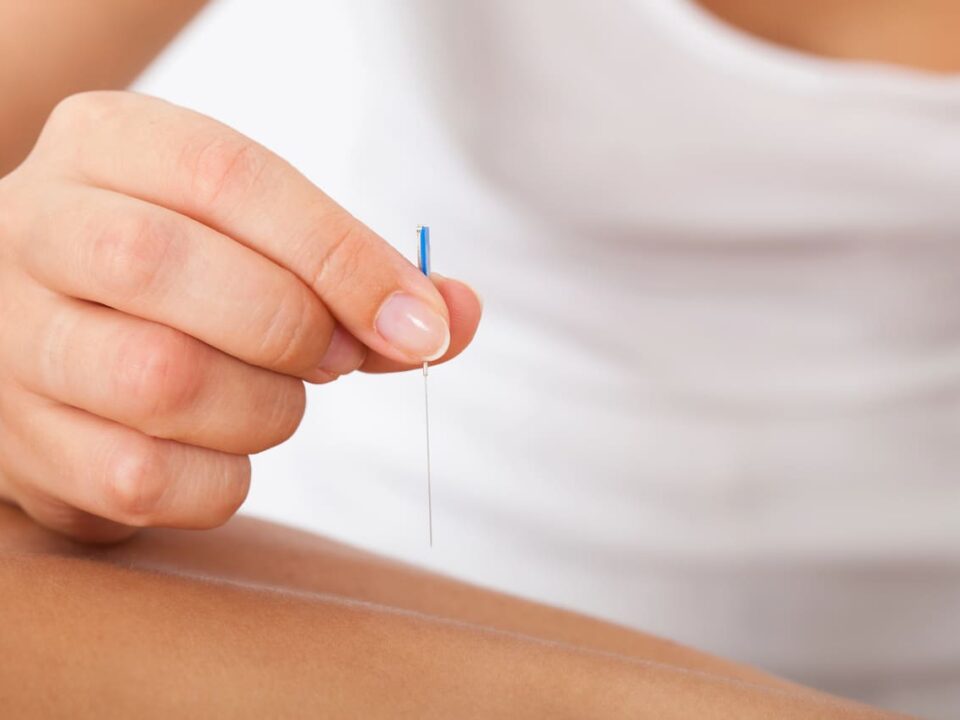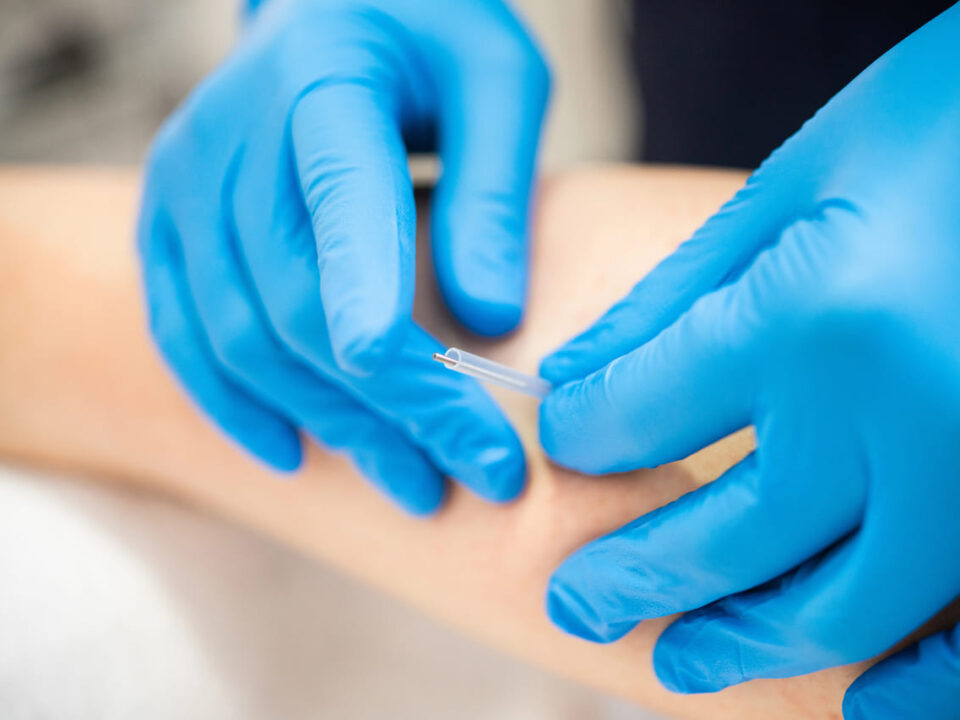
Addressing Mobility Issues: How Physiotherapy Supports Long-Term Movement
March 15, 2025
Understanding the Range of Care: Types of Physiotherapy Explained
April 15, 2025Joint pain can limit movement, reduce flexibility, and interfere with daily life. Whether caused by arthritis, injury, or chronic inflammation, finding effective relief is essential for maintaining mobility and quality of life. Many people turn to medication for pain relief, but acupuncture offers a natural, non-invasive alternative that targets both the symptoms and underlying causes of joint discomfort. In this blog, we’ll explore how acupuncture helps relieve joint pain, what conditions it can treat, and what to expect during a session. Understanding the benefits of acupuncture can help individuals make informed choices about managing their joint health and improving mobility.
How Acupuncture Helps with Joint Pain
Acupuncture is an ancient practice rooted in Traditional Chinese Medicine (TCM) that involves inserting fine needles into specific points on the body to stimulate healing and pain relief. When used for joint pain, acupuncture helps by:
- Promoting Natural Pain Relief: Acupuncture stimulates the release of endorphins, the body’s natural pain-relieving chemicals, reducing discomfort without the need for medication.
- Reducing Inflammation: Chronic joint pain is often linked to inflammation. Acupuncture can help regulate the body’s inflammatory response, leading to decreased swelling and stiffness.
- Improving Blood Circulation: Increased circulation delivers oxygen and nutrients to damaged tissues, aiding in faster recovery and reducing joint stiffness.
- Enhancing Nervous System Function: Acupuncture influences the nervous system to block pain signals, providing long-lasting relief.
- Relaxing Tight Muscles Around Joints: Joint pain is often worsened by muscle tightness and imbalances. Acupuncture helps release tension and improve mobility.
By addressing both the symptoms and underlying causes of joint pain, acupuncture provides a holistic, drug-free alternative for pain management.
Types of Joint Pain Acupuncture Can Help Treat
Acupuncture is effective for a wide range of joint-related conditions, including:
- Osteoarthritis: Acupuncture can help manage pain and stiffness in weight-bearing joints such as the knees, hips, and spine.
- Rheumatoid Arthritis: While it does not cure autoimmune conditions, acupuncture can help reduce inflammation and improve joint function.
- Sports Injuries: Sprains, tendonitis, and repetitive strain injuries affecting the knees, elbows, and shoulders can benefit from acupuncture.
- Chronic Joint Stiffness and Weakness: Those with limited mobility or post-surgical recovery often find relief through acupuncture.
- Neck and Shoulder Pain: Joint-related stiffness in the upper body, including frozen shoulder and cervical spine issues, responds well to acupuncture therapy.
- Wrist and Hand Conditions: Acupuncture can help manage pain from conditions like carpal tunnel syndrome or hand arthritis.
Acupuncture is often combined with physiotherapy, massage therapy, or exercise programs to enhance its effects and provide comprehensive joint pain relief.
How Many Acupuncture Sessions Are Needed for Joint Pain Relief?
The number of acupuncture sessions required depends on the severity and cause of joint pain, as well as how an individual responds to treatment. For mild to moderate pain, some people notice relief within three to six sessions, spaced over a few weeks. Those with chronic or severe conditions, such as arthritis or long-term post-injury discomfort, may require eight to twelve sessions or ongoing maintenance treatments to experience sustained benefits.
Individuals recovering from acute injuries or experiencing pain flare-ups often undergo one to two sessions per week initially, then transition to less frequent appointments as symptoms improve. Many people continue acupuncture on a monthly basis to maintain joint health and prevent pain from returning. A licensed practitioner will evaluate each person’s specific needs and develop a personalized plan for lasting relief.
Acupuncture Sessions for Joint Pain: What to Expect
For those new to acupuncture, understanding what happens during a session can help ease concerns and prepare for treatment. Here’s what to expect:
- Initial Consultation: The practitioner will review medical history, pain symptoms, and lifestyle factors to determine the best treatment approach.
- Placement of Needles: Thin, sterile needles are inserted into specific acupuncture points related to the affected joints. The process is generally painless or involves minimal discomfort.
- Relaxation Period: The needles remain in place for 15-30 minutes, allowing the body to respond and promote healing. Some individuals experience a sense of deep relaxation or warmth.
- Additional Therapies (If Needed): Some treatments may include electroacupuncture (gentle electrical stimulation), cupping therapy, or heat application for enhanced pain relief.
- Post-Treatment Sensation: After a session, individuals may feel immediate relief, mild soreness, or an increase in energy levels. The effects typically improve with multiple treatments.
Regular acupuncture sessions can lead to progressive improvements in pain management, mobility, and overall joint function.
Possible Risks or Side Effects of Acupuncture for Joint Pain
Acupuncture is generally considered a safe and low-risk treatment when performed by a licensed professional. However, as with any therapeutic intervention, there are potential side effects to be aware of, including:
- Mild Soreness or Bruising: Some individuals may experience slight tenderness or minor bruising at the needle insertion sites, which typically resolves within a day or two.
- Temporary Fatigue or Lightheadedness: Acupuncture stimulates circulation and relaxation, which can occasionally lead to mild dizziness or fatigue after a session.
- Minor Bleeding at Needle Sites: A few drops of blood may appear in rare cases, particularly in individuals taking blood thinners.
- Temporary Symptom Fluctuations: Some people experience slight increases in pain or discomfort before noticing improvements, which is a normal part of the body’s healing response.
- Risk of Infection (Rare): Practitioner use sterile, single-use needles, making the risk of infection extremely low when proper hygiene is followed.
Most individuals tolerate acupuncture well, and side effects—if any—are usually mild and short-lived. Choosing a licensed and experienced practitioner helps ensure a safe and effective treatment experience.
Is Acupuncture a Long-Term Solution for Chronic Joint Pain?
Although acupuncture is not a cure for chronic joint pain, it serves as an effective long-term strategy for managing symptoms and maintaining mobility. Many individuals use it regularly to keep inflammation under control, reduce pain levels, and improve joint function. By promoting circulation and easing muscle tension, acupuncture enhances flexibility and helps prevent recurring pain flare-ups. While some people rely on acupuncture alone, the best results often come from combining it with other lifestyle changes, such as regular physical activity, a balanced diet, weight management, and physiotherapy exercises. Acupuncture provides a safe, drug-free option for those looking to manage chronic joint pain while supporting overall well-being.
Who Is a Good Candidate for Acupuncture for Joint Pain?
Acupuncture can benefit many individuals struggling with joint pain, but the best candidates include:
- People with Chronic Joint Conditions: Those with arthritis, osteoarthritis, rheumatoid arthritis, or degenerative joint disease often find relief with acupuncture.
- Individuals Recovering from Injuries: Acupuncture helps manage pain and promote healing after sports injuries, strains, or post-surgical recovery.
- Seniors with Mobility Limitations: Older adults experiencing stiffness, reduced flexibility, or balance issues can benefit from acupuncture’s ability to enhance circulation and joint movement.
- Individuals Seeking a Natural Pain Management Approach: Those who prefer drug-free or holistic treatments may find acupuncture to be a safer alternative to medication or injections.
- People Looking for Complementary Therapy: Acupuncture works well alongside physiotherapy, chiropractic care, or massage therapy, offering a well-rounded treatment plan.
While acupuncture is safe for most people, individuals with bleeding disorders, severe infections, or specific medical conditions should consult a healthcare provider before starting treatment.
Care Tailored to Your Needs
Joint pain doesn’t have to control your life. Whether you’re struggling with arthritis, recovering from an injury, or seeking a natural alternative to medication, acupuncture offers a safe and effective way to relieve pain, reduce stiffness, and improve mobility. Regular acupuncture sessions can help you maintain joint health and enjoy greater movement without relying on long-term medication.
At Burnaby Heights Physiotherapy, we provide acupuncture treatments tailored to your specific needs. Contact us today to schedule an appointment and take the next step toward long-term pain relief and improved joint function.


